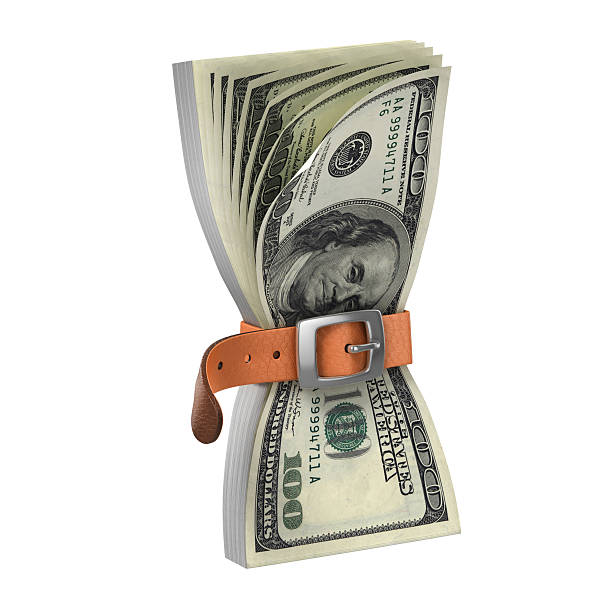Back in October 2020 I wrote about how the Federal Reserve’s (Fed) loose monetary policy was injecting a large amount of liquidity into the system, pushing investors out on the risk curve and increasing asset prices. Now, for the first time in a long time, due to inflationary pressures and what appears to be a recovering economy, the Fed is changing their posture and have announced their intentions to tighten financial conditions. In the same way the Fed used monetary policy to speed up a slowing economy through Covid-19, it seems they are now going to use it to tap the breaks on economic growth in an attempt to curb inflation.

How Do They Tighten Financial Conditions?
The two most common tools they use include raising interest rates and executing quantitative tightening (QT). When the Fed raises interest rates there is a downstream impact which results in higher borrowing costs for businesses and consumers. By increasing the cost of accessing money it becomes more expensive for a family to buy a house, a business to buy a new piece of equipment, and your everyday consumer to spend on their credit card. Eventually, this should result in a slow down in aggregate spending on goods and services as the incremental cost to borrow has increased. Additionally, the Fed can use QT to decrease the money supply which can discourage lending and investment. Both of these tools used by the Fed ultimately decrease the amount of liquidity within the economy. It is important to note this liquidity, which has been injected over the past two years, is a large portion of what has fueled asset inflation (equities, housing, crypto, etc).

What Can We Expect If/When They Actually Go Through With Tightening?
First and foremost the market is always looking forward so we have already seen a negative reaction regarding their commentary on the potential tightening. From their recent highs, the SP500 is down 4%, the Nasdaq 100 is down 7% and riskier asset classes like bitcoin are down 20%+. Assets furthest out on the risk curve get hit the hardest when liquidity is removed from the system. Crypto, NFTs, and high-flying equities without earnings have all seen much larger drawdowns. We do know the Fed is very aware of how financial markets react to their policy decisions so it appears they are taking a cautious approach. But that cautious approach can only be taken so far due to the most recent inflation data coming in at 7% (highest in 40 years).
The reality is they are facing a different situation than they have before. In the past two decades, they have always been able to reverse course if they felt they tightened too much or too fast. This was because inflation was not a potential problem. They have always had to wrestle with their maximum employment mandate but rarely had to manage their other mandate, Price Stability (inflation). With inflation staying elevated longer than they expected they have put themselves in a difficult situation with some tough decisions to make in the near future.
What Does That Mean For Our Portfolio?
The past three years we have been in an environment where the Fed has been very accommodating to financial markets. That time may have come to an end. In the event the Fed can engineer a soft landing by getting us back to modest growth and re-anchor inflation expectations then we stay the course – heavy secular growth and continue to be tactical with well positioned cyclical names. In the event we see a potential storm on the horizon with negative outlooks to growth and inflation expectations we will get more defensive with the portfolio and see us hold more quality tech, staples, gold, treasuries and cash.

